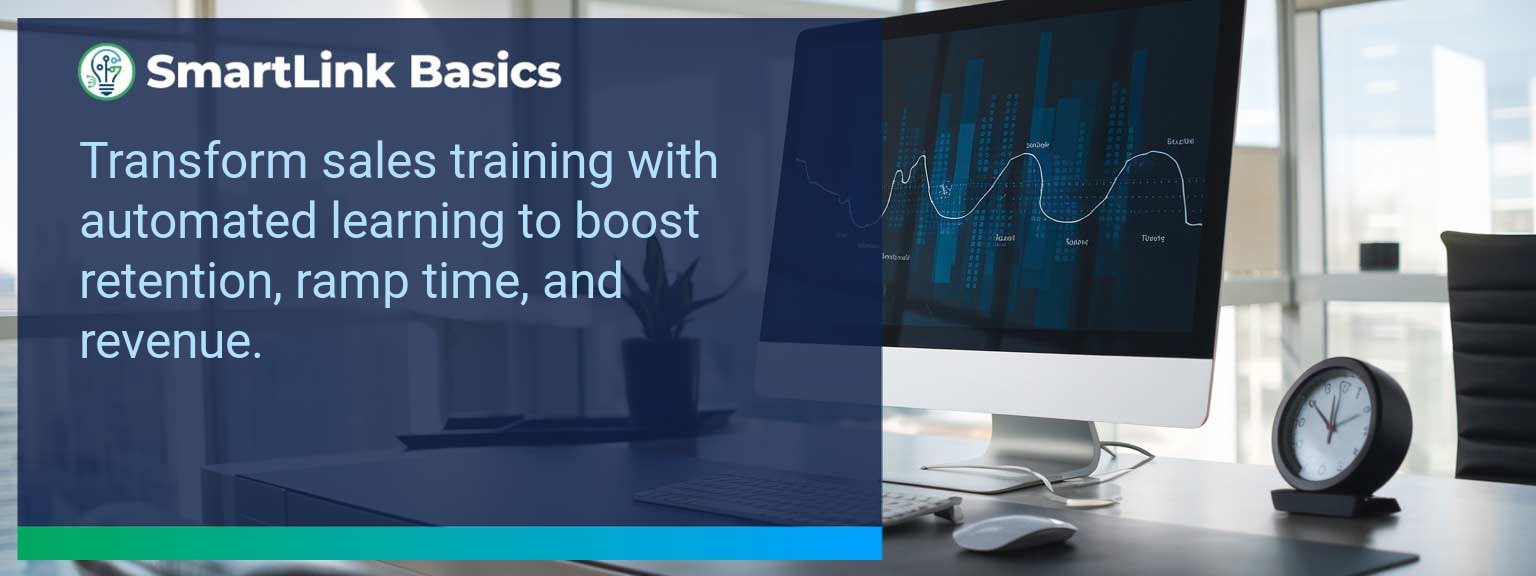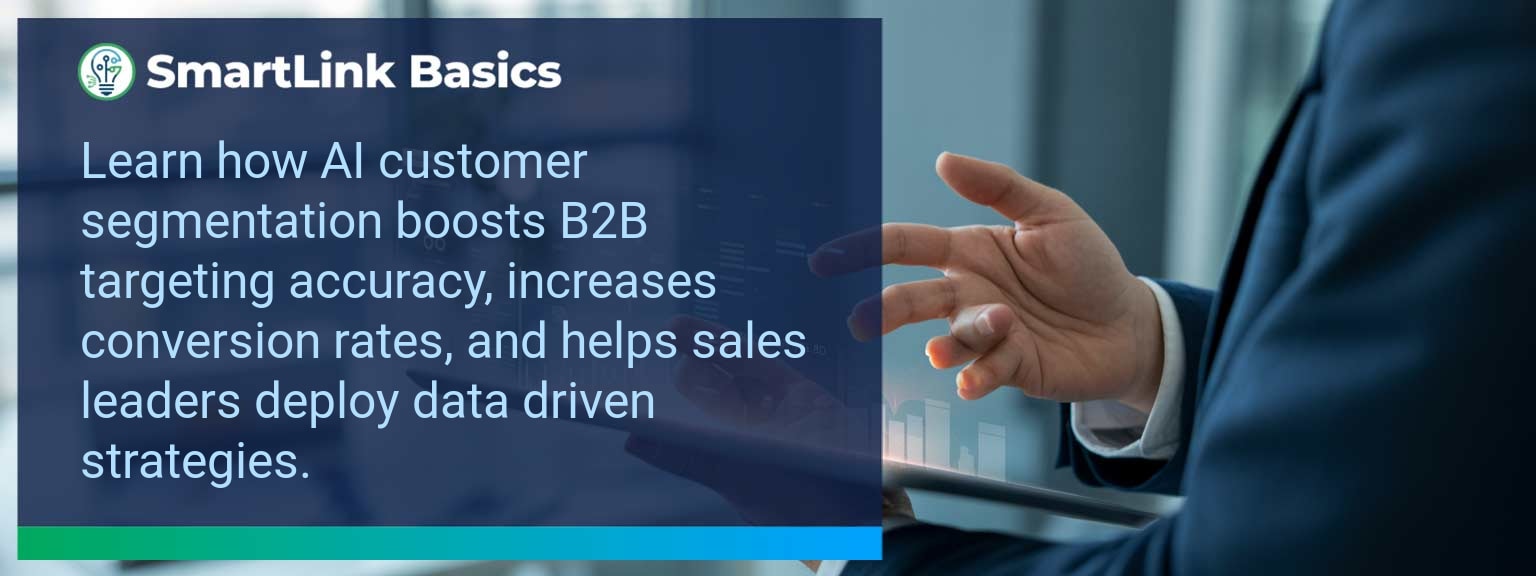The average knowledge worker spends 58% of their time on repetitive, low-value tasks, according to McKinsey research. For sales leaders, that lost time directly erodes pipeline health and deal velocity. At SmartLink Basics, we’ve seen firsthand how applying AI automation tools can reclaim hours, reduce operational drag, and sharpen revenue execution.
This article outlines how leaders can identify workflow bottlenecks, deploy targeted automation strategies, and measure tangible productivity gains. You will learn how to align automated processes with sales priorities, monitor metrics that matter, and uncover opportunities for advanced AI-driven workflows. The goal: remove manual friction from your workday so your team can operate at its highest value level.
- Map existing workflows and pinpoint wasted effort.
- Deploy AI productivity tools to handle repetitive, rules-based tasks.
- Integrate business automation software with CRM, analytics, and communications systems.
- Track time savings, pipeline cycles, and error reduction to quantify impact.
- Expand automation scope into forecasting, personalization, and real-time decision support.
Identifying Common Productivity Roadblocks with AI Automation Tools
Repetitive administrative work—manual data entry, status updates, reporting—drains both focus and energy. In sales operations, such inefficiencies fragment attention and delay decision-making. AI automation tools can surface where these bottlenecks occur by analyzing process timelines, communication logs, and CRM usage patterns.
For example, a regional sales team found that 14 hours per week were lost to manual quote generation. By implementing an automated proposal system, turnaround time dropped by 60%. The insight came from simple time-tracking linked with task management automation analytics.
Leaders should begin by auditing workflows in tools already used daily, then prioritize automation where wasted hours are consistent and quantifiable.
Implementing Smart Automation Strategies with AI Automation Tools
Deployment success depends on targeting processes that can deliver measurable impact in 90 days or less. Recommended categories include lead enrichment, meeting scheduling, follow-up triggers, and reporting automation. Integrating workflow automation directly into CRM or collaboration platforms ensures adoption without requiring disruptive process changes.
Consider a case where business automation software was linked to both the CRM and marketing automation system. Meeting recaps, opportunity updates, and next-step assignments were posted automatically to team channels. The result was consistent pipeline visibility with no manual reporting lag.
A practical approach is to run short automation pilots with one team or product line, validate impact, then scale.
Measuring Efficiency Gains And Time Savings
Without measurement, automation is guesswork. Leaders should reference both time-based and quality-driven KPIs. Leading metrics track activities in real time, while lagging metrics assess impact over weeks or months. Quality metrics ensure automation outcomes meet standards.
A sales team implementing digital workflow tools cut administrative time by 35% and improved proposal accuracy by 20% in the first quarter. This measurable return reinforced stakeholder confidence and accelerated budget approval for additional automation.
The following reference table shows practical measurement categories:
| Category | Metric | Definition | Target |
|---|---|---|---|
| Leading | Automation Utilization Rate | % of eligible tasks completed via automation | 85% |
| Lagging | Cycle Time Reduction | % decrease in average workflow completion time | 30% |
| Quality | Error Rate | % of automated tasks requiring manual correction | <2% |
Exploring Advanced Automation Opportunities
Once core workflows are automated, leaders can explore advanced AI software capabilities such as predictive lead scoring, sentiment analysis in conversations, and automated multi-step outreach sequences. These go beyond time savings to reshape how work is executed and optimized.
A SaaS provider, after streamlining task management automation for renewals, layered in AI-driven churn prediction. Account managers received early alerts with suggested actions, leading to a 12% reduction in churn in two quarters.
Businesses should evaluate AI-driven sales enablement resources from SmartLink Basics to identify next-generation automation that aligns with revenue goals.
Get the 90-day plan, coaching rubric, and dashboard template to operationalize AI in your enablement program.
Automating the Right Workflows Creates Lasting Competitive Advantage
AI automation tools allow sales leaders to redirect time from low-value admin tasks to high-impact selling activities. As shown, the key lies in identifying the right candidates for automation, integrating them into core systems, and measuring gains with precision. To explore deeper automation frameworks, access AI-driven sales enablement resources from SmartLink Basics and build a roadmap that converts efficiency into revenue growth.









